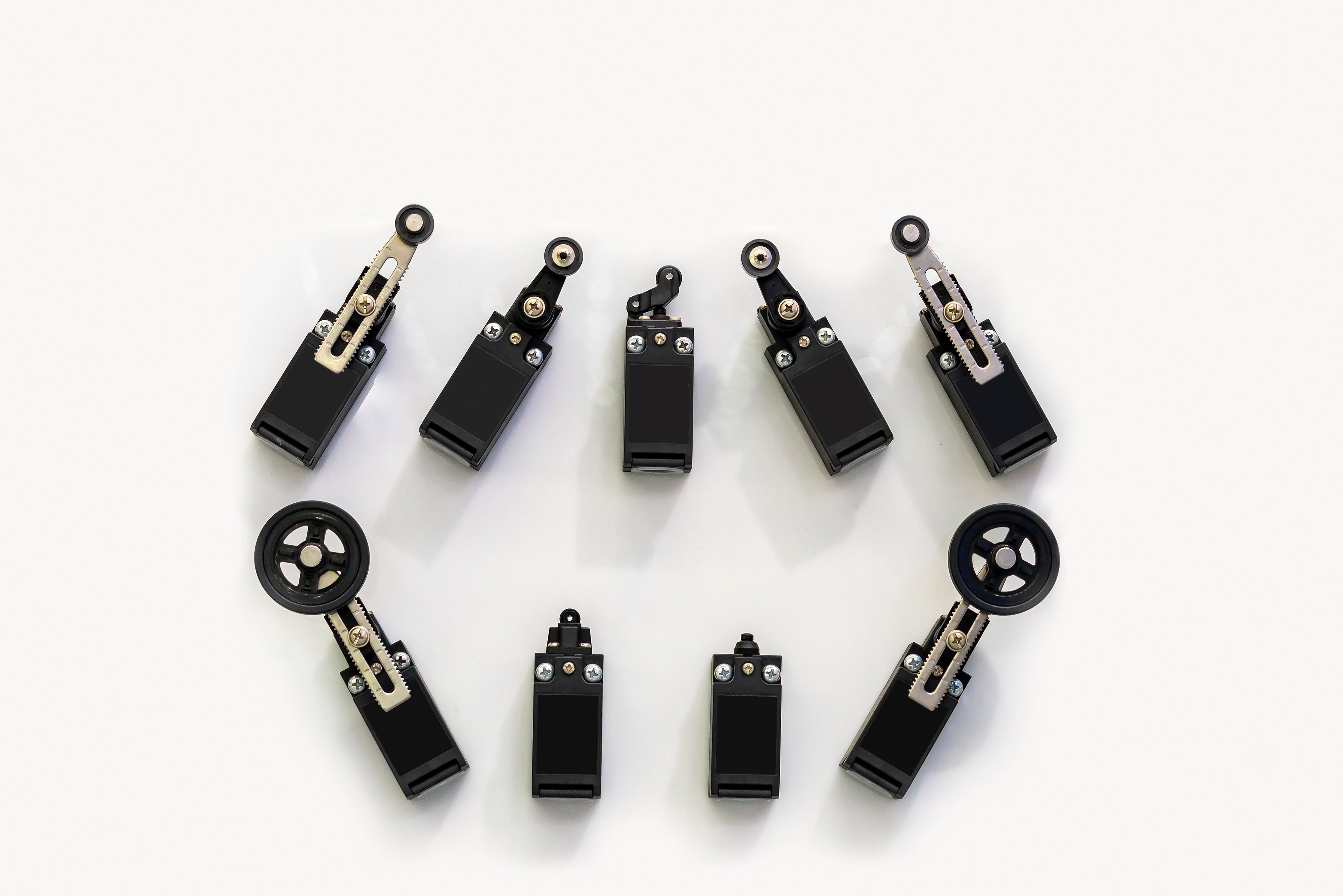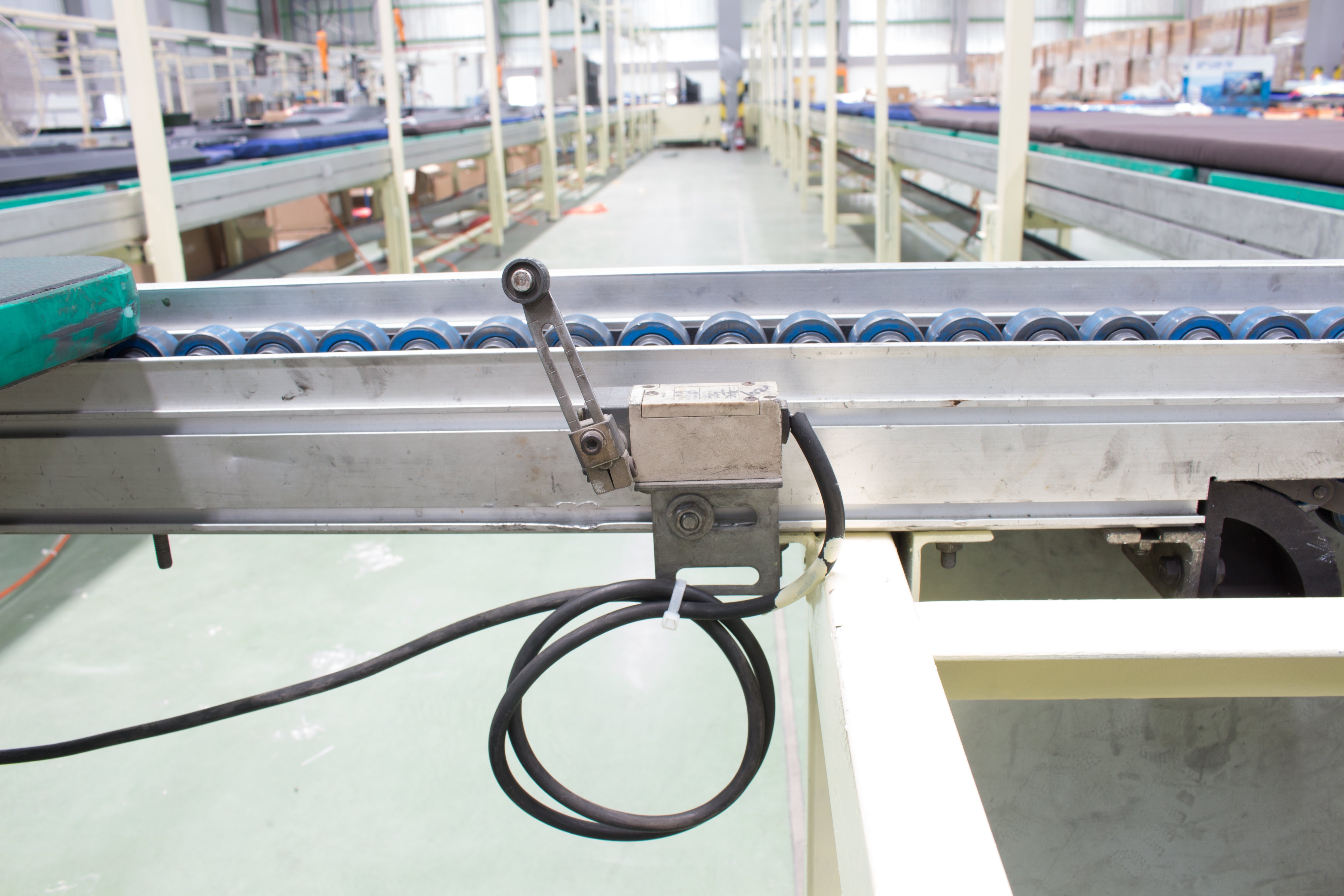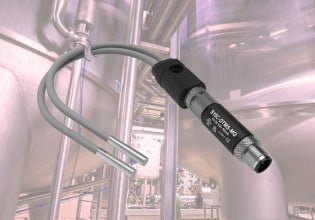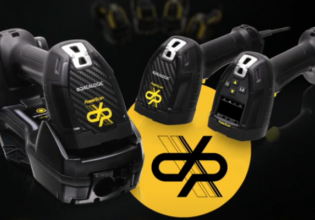Testing the Limits: Capabilities of the Limit Switch
Limit switches are electromechanical devices that open or close contacts when external pressure is applied to an actuator. This solves a simple problem faced by motion devices: limiting movement
A limit switch solves a very simple problem that just about every actuator or motion device has: where is the limit of travel? But there are many other uses for limit switches.

Figure 1. Limit switches open or close contacts when an external force is applied to the actuator, like a refrigerator door. Image used courtesy of Adobe Stock
What Is a Limit Switch?
A limit switch is an electromechanical device that opens or closes contacts when an external force is applied to the actuator. The limit switch got its name from its initial use, which was detecting the end of an actuator stroke. A common use for limit switches today is turning on or off a light.
For example, most refrigerators have a limit switch activated by the door opening or closing. When the door closes, the door pushes on an actuator that opens a contact which shuts off the light. The same is true for car doors. Another example would be detecting parts on a conveyor belt or detecting the presence of a bin in a staging area.

Figure 2. An external actuator is linked to electrical contacts inside the limit switch. Image used courtesy of Wikimedia
How Does a Limit Switch Work?
A limit switch works in the same fashion as a typical light switch, the difference being who or what moves the switch. Inside the limit switch, the external actuator is linked to electrical contacts. As the actuator moves, the contacts are open or closed. Limit switches may have one contact or multiple—some will be normally closed, and some normally open. There are even safety-rated limit switches that connect using various industrial protocols.
Actuators, or operators, come in a variety of styles: plunger with or without rollers, lever with or without roller, slide rotary, and 360-degree rod and spring. The actuator can detect objects or positions based on the movement of the actuator. A plunger-style limit switch might be installed at the bottom of a servo actuator to detect the end of travel. CNC machines and 3D printers typically use this limit switch style to detect the end of travel for each axis.

Figure 3. Limit switches are available in all sorts of shapes and sizes, depending on their application. Image used courtesy of Adobe Stock
Limit Switch Types
As with actuators, limit switches also come in all shapes and sizes: some are plunger style, some have rollers mounted on the end of the actuator, and some are lever style. Even micro-limit switches, commonly used in electronics, are small and typically have three terminals: a common terminal, a normally-open terminal, and a normally-closed terminal. By having both sets of contacts, the switch can control two sets of circuits.
Because the limit switch is opening or closing internal contacts, a relay is not always required in the circuit. Some limit switches are capable of switching AC voltage with relatively high amperage. The AAM Series from Automation Direct, for example, is capable of 60 A at 120 VAC. Most optical or magnetic switches and sensors are incapable of operating under these kinds of loads.

Figure 4. Allen-Bradley DeviceNet limit switches. Image used courtesy of NorthEast Electrical
Limit Switch Configurations
Just like any switch, there are varying configurations from different suppliers, but typically, limit switches will have one normally-open contact and one normally-closed contact. This is commonly referred to as single-pole double-throw (SPDT).
Some have independent isolated contact sets, one normally open and the other normally closed, these being called a DPST, resembling a pushbutton with two stacked single-throw contact blocks.
At one point in time, when DeviceNet was a popular industrial protocol, Allen-Bradley made DeviceNet limit switches. These switches had the ability to program the output to perform as a normally-open or normally-closed contact.
Sizing a limit switch for your application is similar to sizing a relay. The contact needs to be able to support the amount of current being switched under load. Typically, this current is just control voltage, but if you don’t have a control system, you may need to switch to full load and make sure your limit switch can handle that load.
Reaching the Limit
With technology becoming more affordable, limit switches are slowly becoming obsolete. Proximity and optical sensors are replacing limit switches in the field because they have no moving parts and are not susceptible to the wear of mechanical components.
The downside to proximity and optical sensors is they typically do not support large electrical loads on contacts—they commonly use transistors instead of mechanical contacts. This means if you want to switch a heavy electrical load, you will also need to purchase a relay rated for the circuit you plan to switch.

Figure 5. Despite the limit switch being replaced by sensors in certain applications, it will likely always have a place in industrial applications. Image used courtesy of Adobe Stock
Limit Switches
Limit switches still have a place in automation as reliable object detection and position or when users need to switch large electrical loads. Limit switches are not as susceptible to light conditions, object material, and wet or dusty environments, which is why limit switches are commonly found in CNC machines, refrigerators, and other harsh environments. While the limit switch has been replaced in some situations, the limit switch will likely always have a place in automation.





